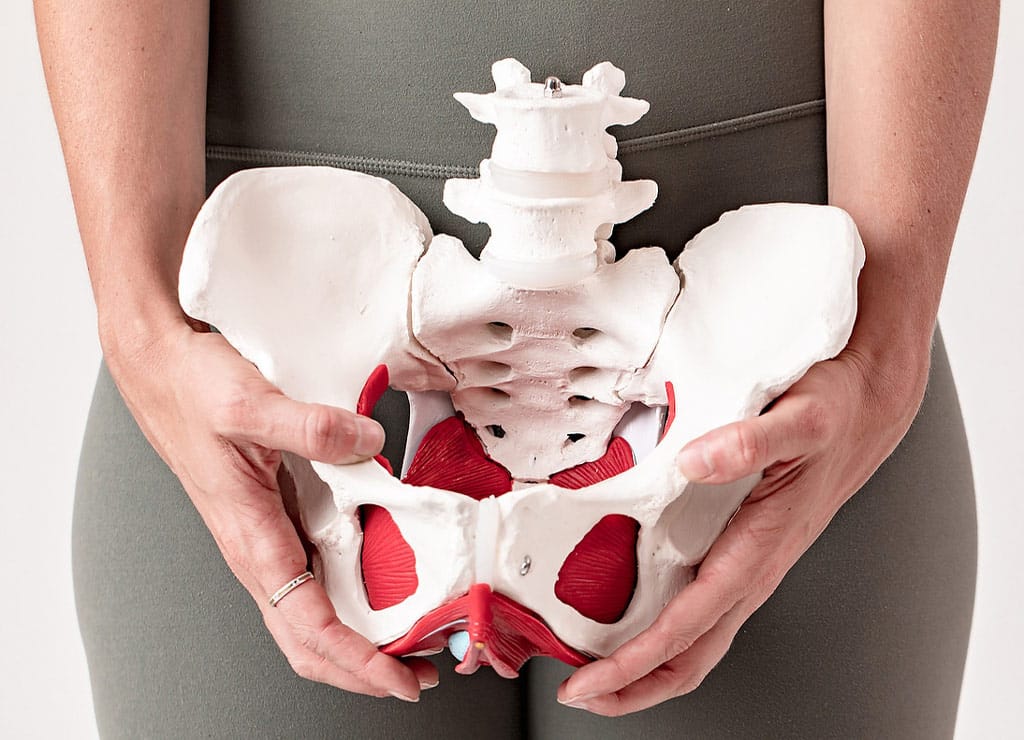A cervicogenic headache is a pain that develops in the neck, though a person will feel their symptoms in the head.
Cervicogenic headaches are secondary headaches. Secondary headaches are those caused by an underlying condition, such as neck injuries, infections, or severe high blood pressure. This sets them apart from primary headaches, such as migraines and cluster headaches.
Typically, people who have cervicogenic headaches experience a headache accompanied by neck pain and stiffness. However some people can also experience these in the absence of neck pain or stiffness. Certain neck movements can provoke cervicogenic headaches. In most cases, cervicogenic headaches develop on one side of the head, starting from the back of the head and neck and radiating toward the front.
Symptoms of a cervicogenic headache include:
- A reduced range of motion in the neck
- Pain on one side of the face or head
- Pain and stiffness of the neck
- Pain around the eyes
- Pain in the neck, shoulder, or arm on one side
- Head pain that is triggered by certain neck movements or positions
- Sensitivity to light and noise
- Nausea
- Blurred vision
What causes a cervicogenic headache?
Cervicogenic headaches result from structural problems in the neck and are often due to problems with vertebrae at the top of the spine, called the cervical vertebrae, and specifically the C1-3 vertebra.
Some people develop cervicogenic headaches because they work in jobs that involve them straining their necks. These jobs include hair stylists, manual laborers, drivers or administrative type roles. People can also develop cervicogenic headaches after an injury to the neck such as a whiplash injury.
Treatment
A healthcare provider may recommend prescription or over-the-counter pain medications to relieve painful or uncomfortable symptoms.
Physiotherapy is an effective treatment for cervicogenic headaches since a structural problem in the neck is often the cause of the pain. People can work with a physiotherapist to help relieve their pain. This will include:
- Formal examination – to determine the cause and type of headache
- Education and advice – around postural habits and managing symptoms
- Manual therapy – to help mobilise the joints in your neck that aren’t moving correctly or to release tension in tight muscles
- Exercise – to improve the strength, range of motion and posture of your neck
- Individualised home program
References:
- https://www.physio-pedia.com/Cervicogenic_Headache








